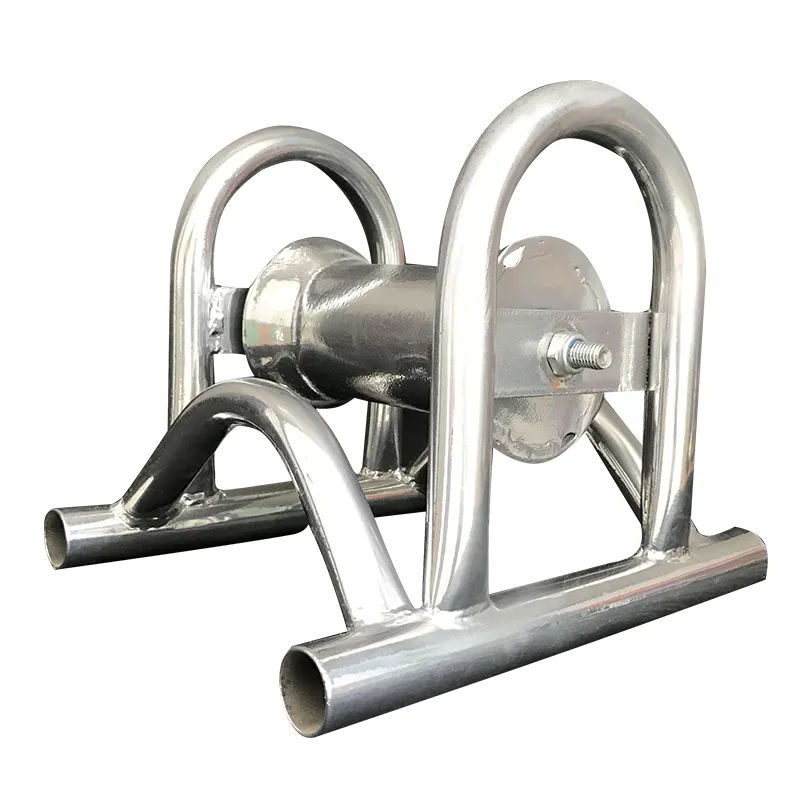
-
 Afrikaans
Afrikaans -
 Albanian
Albanian -
 Amharic
Amharic -
 Arabic
Arabic -
 Armenian
Armenian -
 Azerbaijani
Azerbaijani -
 Basque
Basque -
 Belarusian
Belarusian -
 Bengali
Bengali -
 Bosnian
Bosnian -
 Bulgarian
Bulgarian -
 Catalan
Catalan -
 Cebuano
Cebuano -
 Corsican
Corsican -
 Croatian
Croatian -
 Czech
Czech -
 Danish
Danish -
 Dutch
Dutch -
 English
English -
 Esperanto
Esperanto -
 Estonian
Estonian -
 Finnish
Finnish -
 French
French -
 Frisian
Frisian -
 Galician
Galician -
 Georgian
Georgian -
 German
German -
 Greek
Greek -
 Gujarati
Gujarati -
 Haitian Creole
Haitian Creole -
 hausa
hausa -
 hawaiian
hawaiian -
 Hebrew
Hebrew -
 Hindi
Hindi -
 Miao
Miao -
 Hungarian
Hungarian -
 Icelandic
Icelandic -
 igbo
igbo -
 Indonesian
Indonesian -
 irish
irish -
 Italian
Italian -
 Japanese
Japanese -
 Javanese
Javanese -
 Kannada
Kannada -
 kazakh
kazakh -
 Khmer
Khmer -
 Rwandese
Rwandese -
 Korean
Korean -
 Kurdish
Kurdish -
 Kyrgyz
Kyrgyz -
 Lao
Lao -
 Latin
Latin -
 Latvian
Latvian -
 Lithuanian
Lithuanian -
 Luxembourgish
Luxembourgish -
 Macedonian
Macedonian -
 Malgashi
Malgashi -
 Malay
Malay -
 Malayalam
Malayalam -
 Maltese
Maltese -
 Maori
Maori -
 Marathi
Marathi -
 Mongolian
Mongolian -
 Myanmar
Myanmar -
 Nepali
Nepali -
 Norwegian
Norwegian -
 Norwegian
Norwegian -
 Occitan
Occitan -
 Pashto
Pashto -
 Persian
Persian -
 Polish
Polish -
 Portuguese
Portuguese -
 Punjabi
Punjabi -
 Romanian
Romanian -
 Russian
Russian -
 Samoan
Samoan -
 Scottish Gaelic
Scottish Gaelic -
 Serbian
Serbian -
 Sesotho
Sesotho -
 Shona
Shona -
 Sindhi
Sindhi -
 Sinhala
Sinhala -
 Slovak
Slovak -
 Slovenian
Slovenian -
 Somali
Somali -
 Spanish
Spanish -
 Sundanese
Sundanese -
 Swahili
Swahili -
 Swedish
Swedish -
 Tagalog
Tagalog -
 Tajik
Tajik -
 Tamil
Tamil -
 Tatar
Tatar -
 Telugu
Telugu -
 Thai
Thai -
 Turkish
Turkish -
 Turkmen
Turkmen -
 Ukrainian
Ukrainian -
 Urdu
Urdu -
 Uighur
Uighur -
 Uzbek
Uzbek -
 Vietnamese
Vietnamese -
 Welsh
Welsh -
 Bantu
Bantu -
 Yiddish
Yiddish -
 Yoruba
Yoruba -
 Zulu
Zulu


TEL:
0086-311-88862036
Jan . 14, 2025 16:54 Back to list
Ratchet Cable Puller/ Cable Tightener
In the intricate realm of cable management, the cable pulling grip sock emerges as an indispensable tool, blending practicality with innovation to address the challenges of routing various cable types through complex environments. Understanding the nuanced use and selection of these devices is paramount for both industry professionals and project managers striving for efficiency and safety.
From an authoritative standpoint, leading manufacturers of cable pulling grip socks not only provide comprehensive guidelines on the selection and installation of their products but also engage in continuous innovation to meet the evolving needs of the industry. They offer extensive data on load capacities, material safety certifications, and compatibility indices, reinforcing their products' reliability and instilling confidence in their user base. Partnering with these established entities provides project managers with a wealth of resources, including technical support and training, which further underpin successful cable installations. Trustworthiness in the realm of cable management cannot be overstated. The long-term performance of infrastructure systems heavily relies on the integrity of each component, from cables to the grip socks that guide them. Utilizing grip socks that are tried, tested, and trusted within the industry offers peace of mind, enabling stakeholders to focus on the broader objectives of their projects without the distraction of potential equipment failures. The narrative of cable pulling grip socks is one of quiet efficiency and essential support. While they may not be the spotlight of cable management operations, their role is undoubtedly crucial. With a sharp eye on experience, expertise, authoritativeness, and trustworthiness, these tools enable projects to proceed with the precision and reliability that modern infrastructure demands. Understanding and leveraging the unique qualities of cable pulling grip socks spur both the advancement of cable technology and the seamless execution of technologically driven networks worldwide.


From an authoritative standpoint, leading manufacturers of cable pulling grip socks not only provide comprehensive guidelines on the selection and installation of their products but also engage in continuous innovation to meet the evolving needs of the industry. They offer extensive data on load capacities, material safety certifications, and compatibility indices, reinforcing their products' reliability and instilling confidence in their user base. Partnering with these established entities provides project managers with a wealth of resources, including technical support and training, which further underpin successful cable installations. Trustworthiness in the realm of cable management cannot be overstated. The long-term performance of infrastructure systems heavily relies on the integrity of each component, from cables to the grip socks that guide them. Utilizing grip socks that are tried, tested, and trusted within the industry offers peace of mind, enabling stakeholders to focus on the broader objectives of their projects without the distraction of potential equipment failures. The narrative of cable pulling grip socks is one of quiet efficiency and essential support. While they may not be the spotlight of cable management operations, their role is undoubtedly crucial. With a sharp eye on experience, expertise, authoritativeness, and trustworthiness, these tools enable projects to proceed with the precision and reliability that modern infrastructure demands. Understanding and leveraging the unique qualities of cable pulling grip socks spur both the advancement of cable technology and the seamless execution of technologically driven networks worldwide.
Next:
Latest news
What Are Construction Tools and How Are They Used?
NewsJul.11,2025
Professional-Grade Duct Rodding Tools for Superior Cable Installation
NewsJul.11,2025
Enhancing Safety and Efficiency with Modern Hot Stick Solutions
NewsJul.11,2025
Empowering Cable Installation with Advanced Rodder Solutions
NewsJul.11,2025
Elevate Your Cable Installation Projects with Cable Pulling Tools
NewsJul.11,2025
Efficient Cable Handling Solutions: Cable Rollers for Sale
NewsJul.11,2025
Copyright © 2025 Shijiazhuang Bilo Import and Export Trading Co., Ltd. All Rights Reserved. Sitemap | Privacy Policy

BlLo lmport & Éxport is specialized in power and cable equipment andconsiruction tools,Qur main producis are FRP
duct rodder, cable rollerscable pulling winch, cable drum jack, cable pulling sock, etc.
Copyright © 2025 Shijiazhuang Bilo Import and Export Trading Co., Ltd. All Rights Reserved. Sitemap | Privacy Policy










